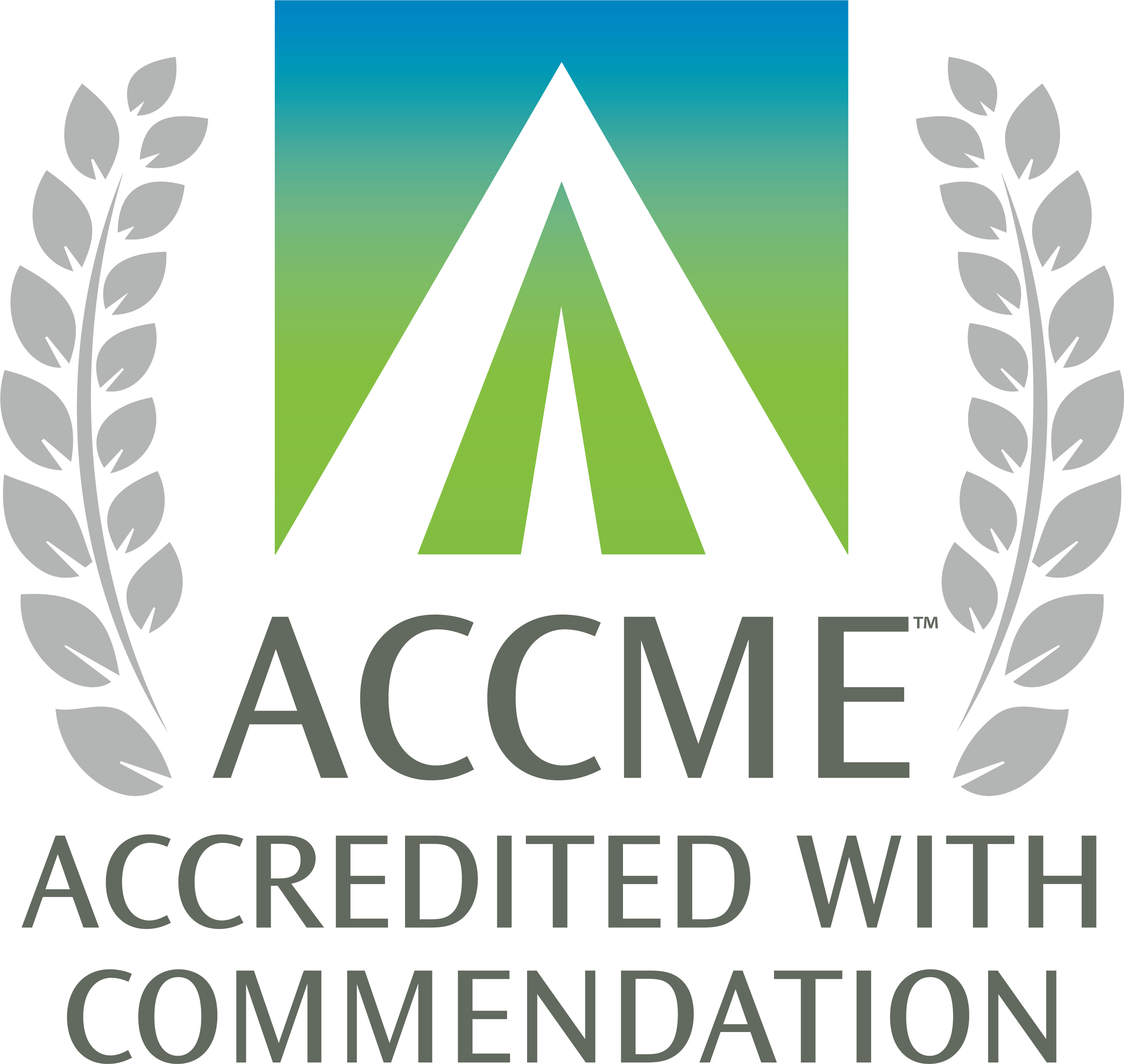Managing Patients with Chronic Non-Terminal Pain [2015 revision]
To begin this activity, click Enroll. Once logged in, learners can access educational content, assessments, and evaluations. Learners who successfully complete the activity will be able to print a certificate.
Release Date:
Mon, 1/1/18
Termination Date:
Tue, 12/31/19
Credits:
1
Description:
Pain is the most common reason for which individuals seek health care. Fifty to eighty million Americans suffer daily pain symptoms at a cost of approximately $90 billion annually, and chronic pain is the leading cause of disability in the US. Care for chronic pain can be challenging and resource intensive, and many clinicians feel reluctant or ill-equipped to provide it. New biological models differentiate three different underlying mechanisms (somatic/nociceptve, neuropathic, central pain/fibromyalgia) that require different treatments. The use of controlled substances raises special issues with potential addiction and drug diversion.
The purpose of this clinical guideline is to support clinicians in evaluating and managing patients with chronic pain. Topics addressed include:
Appended to the guideline are several tools to assist the clinician in evaluating chronic pain and in structuring the management of ongoing use of opioids.
The purpose of this clinical guideline is to support clinicians in evaluating and managing patients with chronic pain. Topics addressed include:
- Using multi-dimensional approaches for evaluation and treatment
- Setting treatment goals that focus on realistic improvement of functioning
- Utilizing non-pharmacologic therapies
- Managing any associated mood and psychiatric disorders
- Selecting medications based on presumed pain type and comorbidities
- Regular follow-up on patients
- Special issues with opioids:
- Assessing patients for dependence and addiction risk
- Selection and use of opioids
- Structuring ongoing opioid therapy to recognize and address addiction and diversion
Appended to the guideline are several tools to assist the clinician in evaluating chronic pain and in structuring the management of ongoing use of opioids.
Educational Objectives:
Participants in this CME activity will understand and be able to implement evidence-based cost-effective clinical strategies to evaluate and manage patients with chronic, non-terminal pain with special attention to specific principles of opioid management.
Target Audience:
This self-study activity is appropriate for clinicians and other health care providers who provide care for patients with chronic non-terminal pain.
Accreditation and Credit Designation:
The University of Michigan Medical School is accredited by the Accreditation Council for Continuing Medical Education (ACCME) to provide continuing medical education for physicians.
The University of Michigan Medical School designates this enduring material for a maximum of 1.0 AMA PRA Category 1 Credits™. Physicians should claim only the credit commensurate with the extent of their participation in the activity.
[If the activity has been reviewed and credit has been extended, this statement should appear below the Accreditation & Credit designation statements on the web page]
The University of Michigan Medical School designates this enduring material for a maximum of 1.0 AMA PRA Category 1 Credits™. Physicians should claim only the credit commensurate with the extent of their participation in the activity.
Release Date: March 2009
Termination Date: May 2020
[If the activity has been reviewed and credit has been extended, this statement should appear below the Accreditation & Credit designation statements on the web page]
Continued availability of CME credit for this activity depends on a thorough review of its content every three years. This activity was last reviewed for currency and accuracy in June 2017, and availability of CME credit continued.
Additional Info:
Authors:
Daniel W Berland, MD; General Medicine / Anesthesiology
Phillip E Rodgers, MD; Family Medicine
Carmen R Green, MD; Anesthesiology
R Van Harrison, PhD; Medical Education
Randy S Roth, PhD; Physical Medicine & Rehabilitation
Consultants:
Daniel J. Clauw, MD; Rheumatology
Jennifer A. Meddings, MD; General Medicine
Ronald A Wasserman, MD; Anesthesiology
Financial Disclosure Information:
Daniel J. Clauw, MD
Consultant: Cypress Bio-sciences, Forest, Lilly, Pfizer, Pierre Fabre, Takeda, UCB
Research Funding: Cypress Bio-sciences, Forest
There are no other relevant financial relationships to disclose for this CME activity.
UMHS Guidelines Oversight Team:
Grant Greenberg, MD, MA, MHSA
R. Van Harrison, PhD
Literature Search Services:
Taubman Medical Library
Daniel W Berland, MD; General Medicine / Anesthesiology
Phillip E Rodgers, MD; Family Medicine
Carmen R Green, MD; Anesthesiology
R Van Harrison, PhD; Medical Education
Randy S Roth, PhD; Physical Medicine & Rehabilitation
Consultants:
Daniel J. Clauw, MD; Rheumatology
Jennifer A. Meddings, MD; General Medicine
Ronald A Wasserman, MD; Anesthesiology
Financial Disclosure Information:
Daniel J. Clauw, MD
Consultant: Cypress Bio-sciences, Forest, Lilly, Pfizer, Pierre Fabre, Takeda, UCB
Research Funding: Cypress Bio-sciences, Forest
There are no other relevant financial relationships to disclose for this CME activity.
UMHS Guidelines Oversight Team:
Grant Greenberg, MD, MA, MHSA
R. Van Harrison, PhD
Literature Search Services:
Taubman Medical Library
Credits available:
AMA PRA Category 1: 1.00
Participation: 1.00


